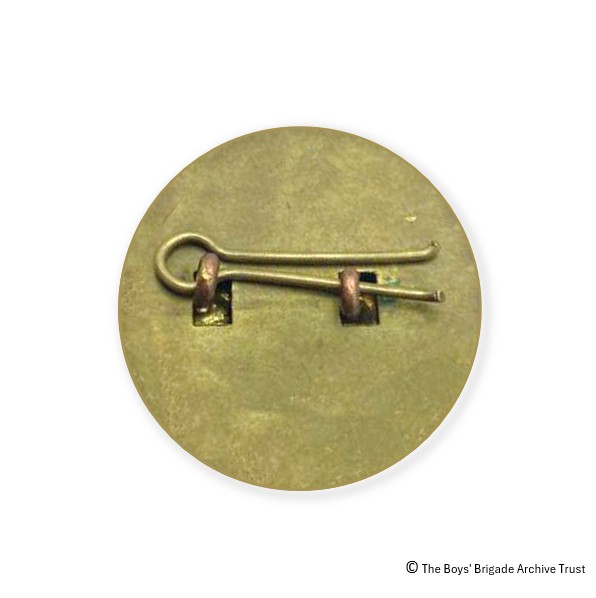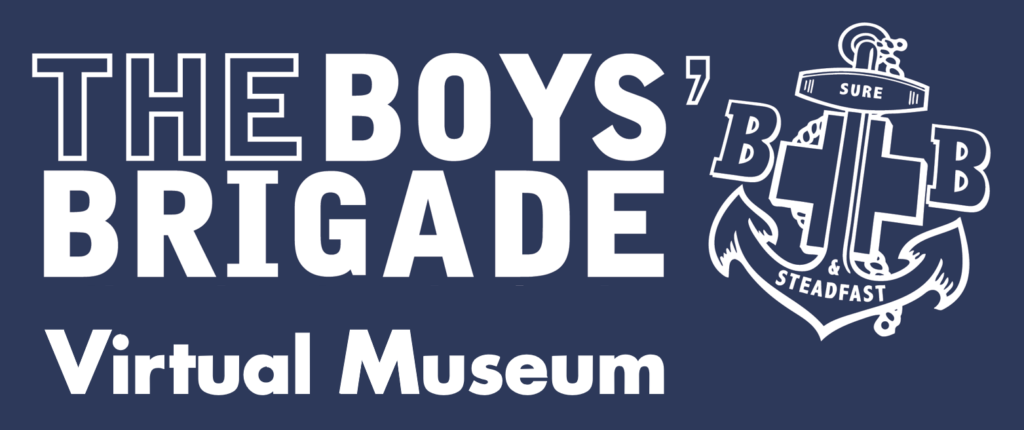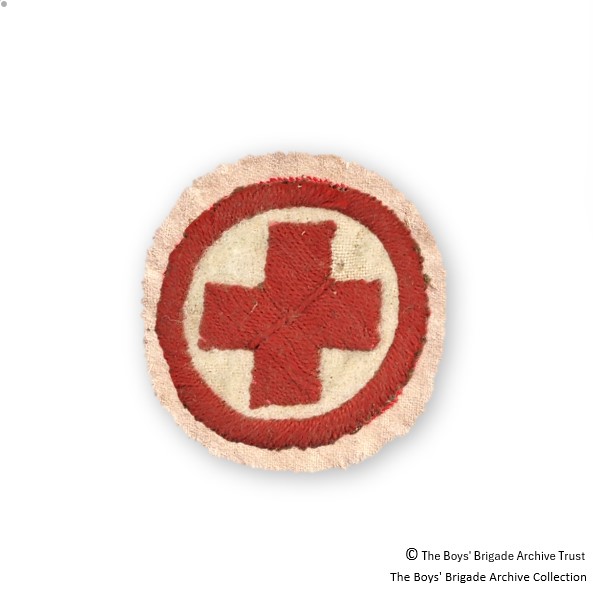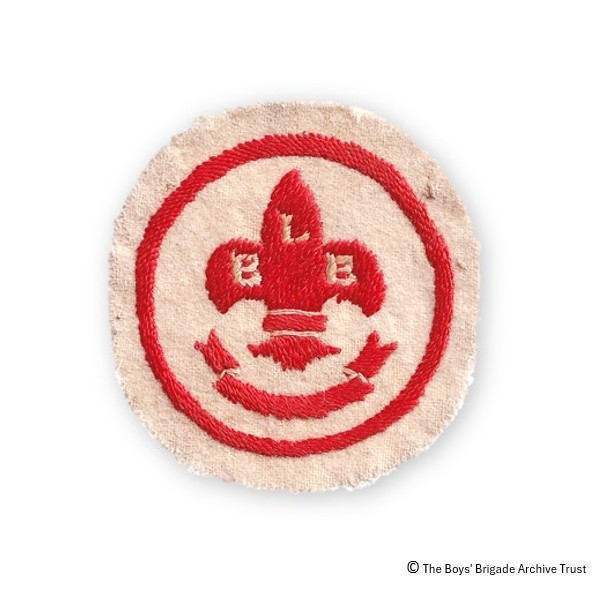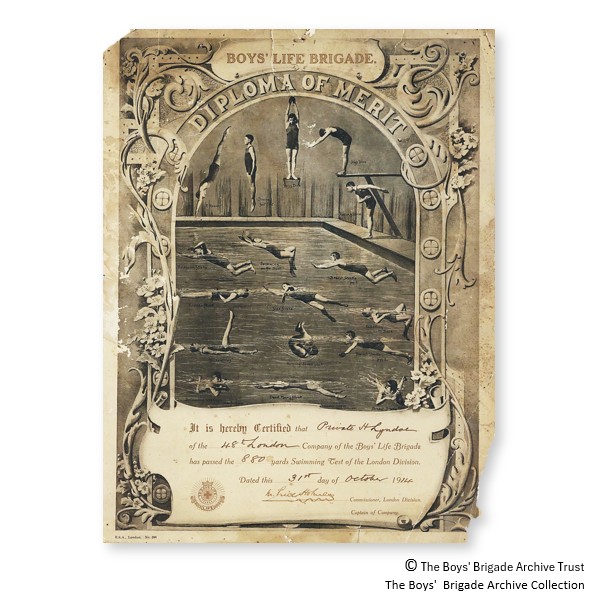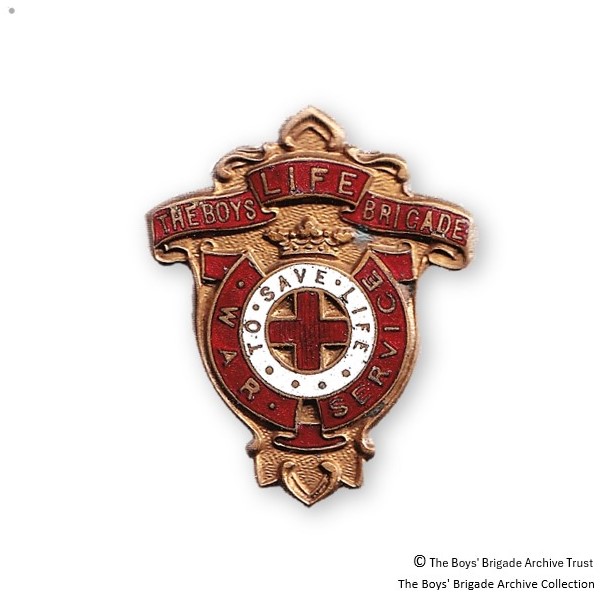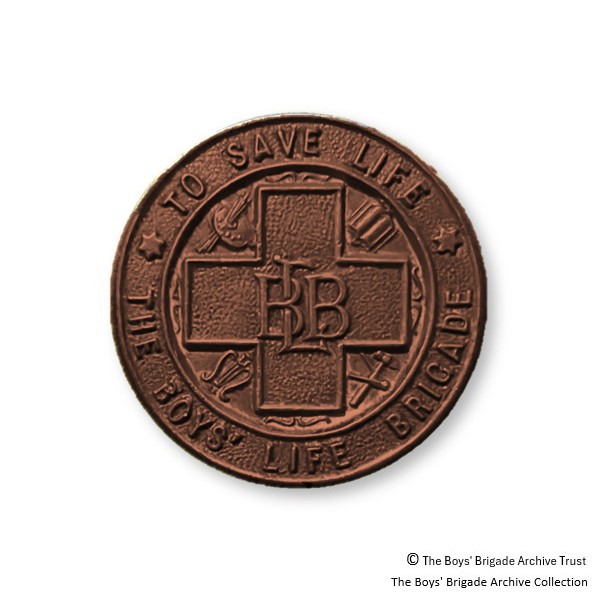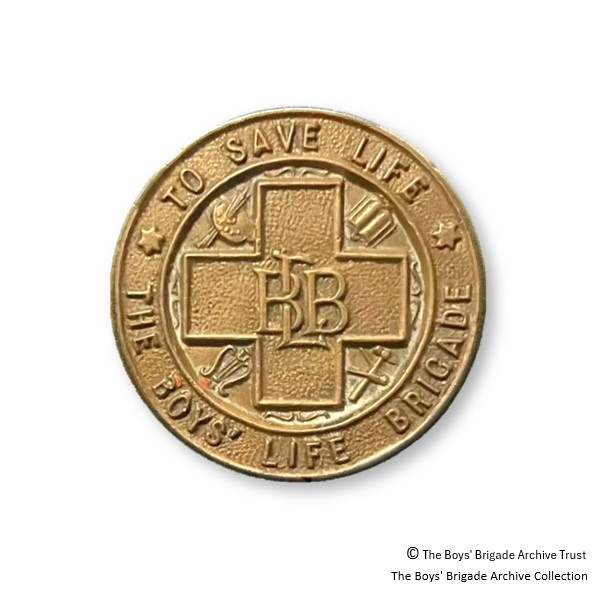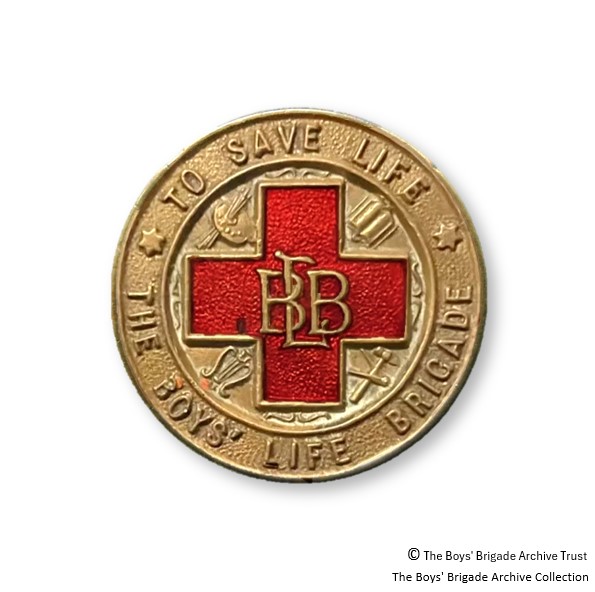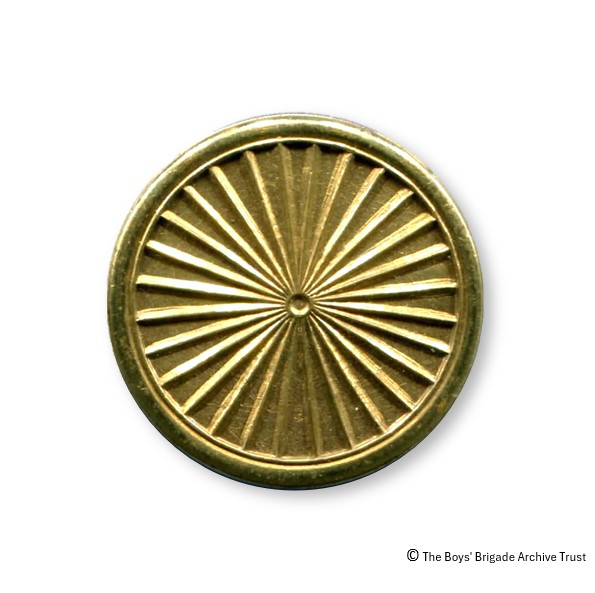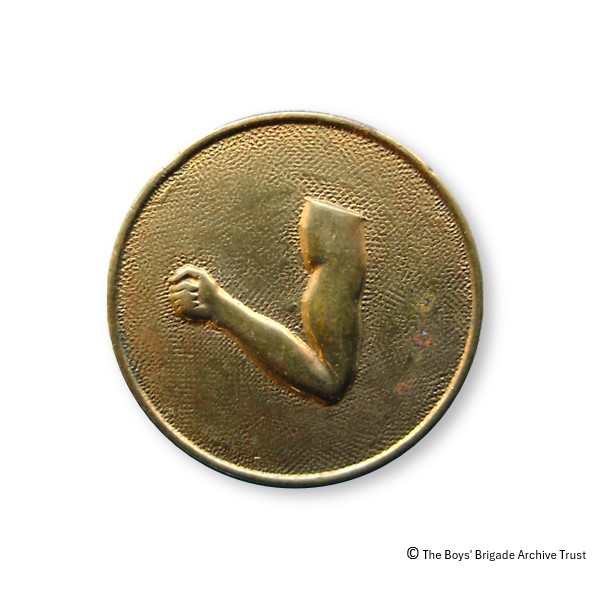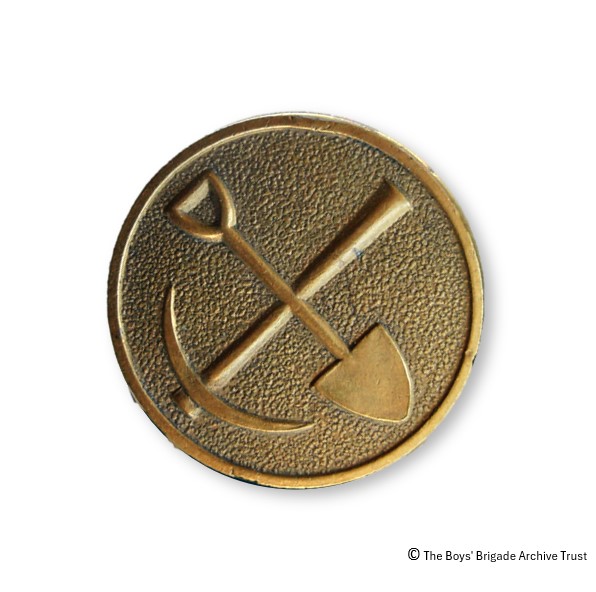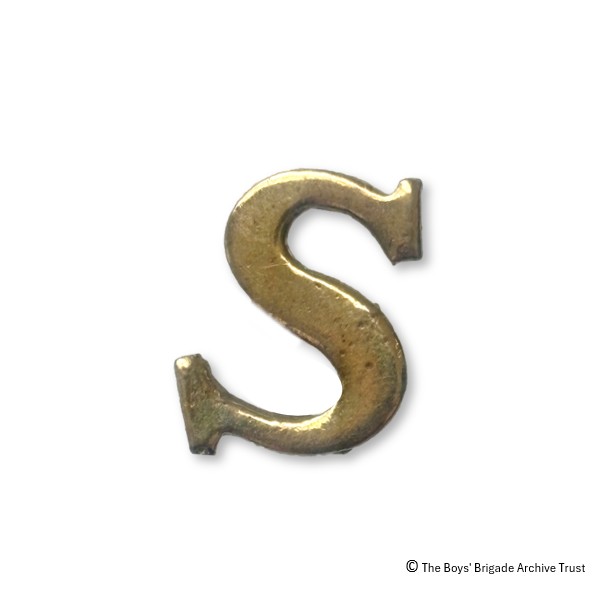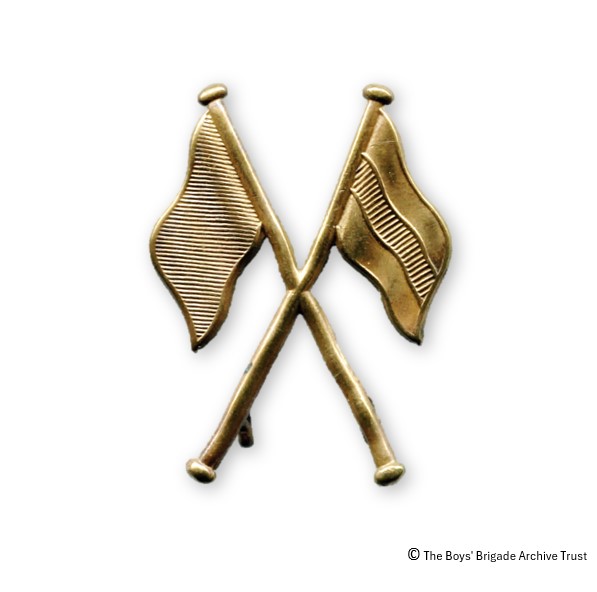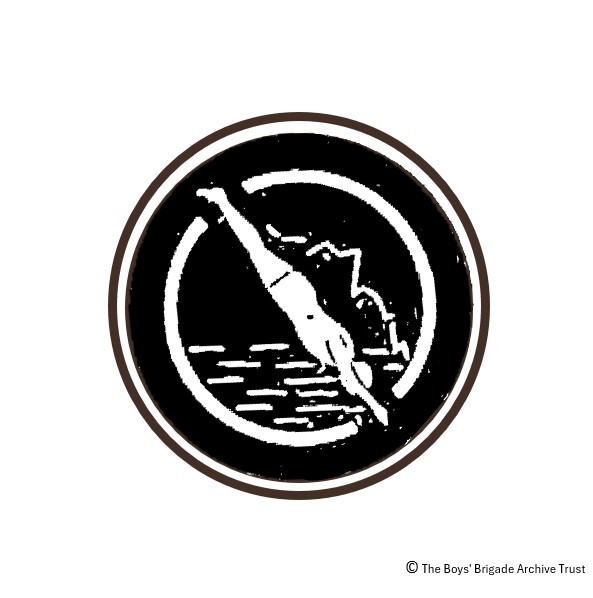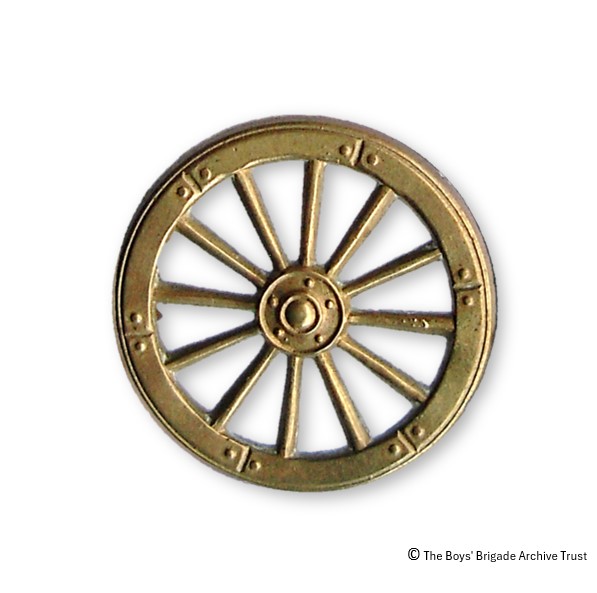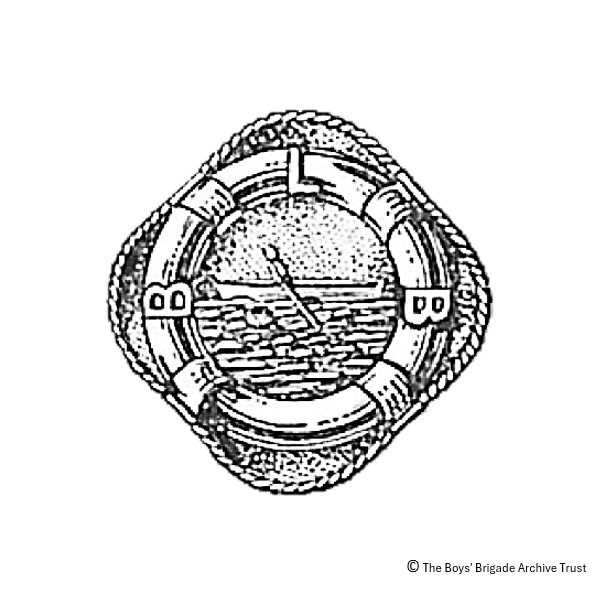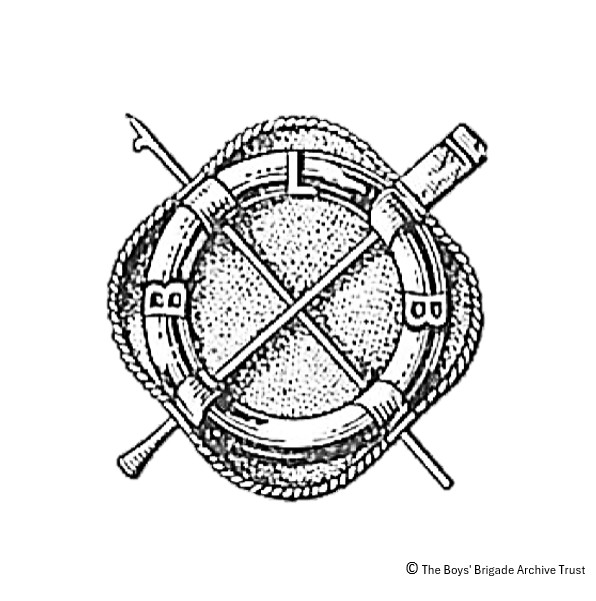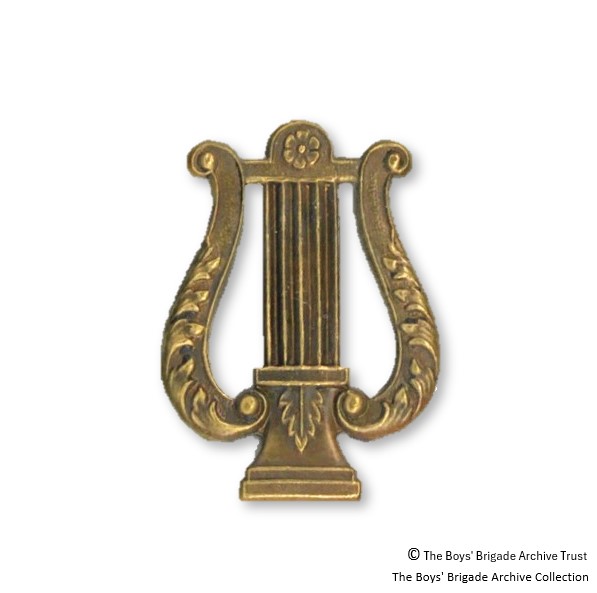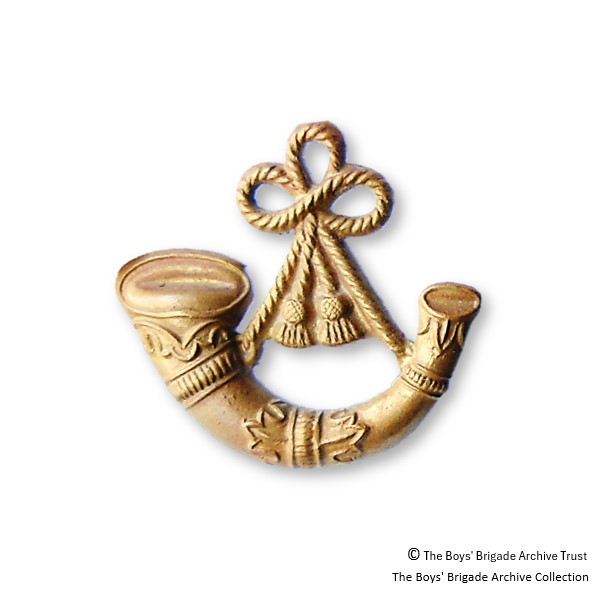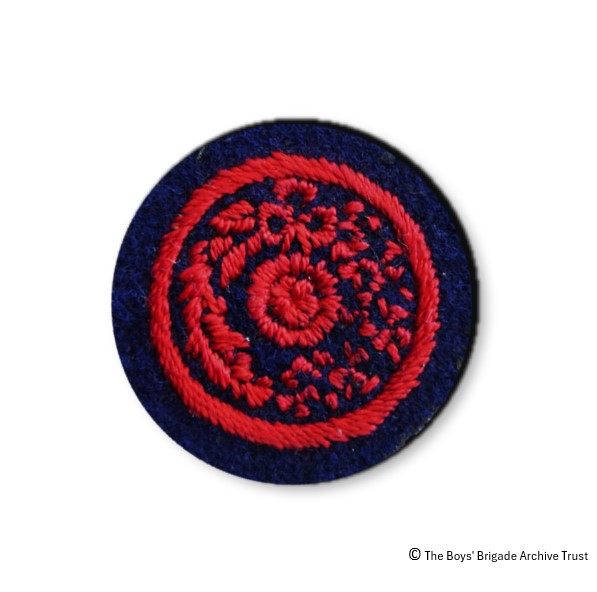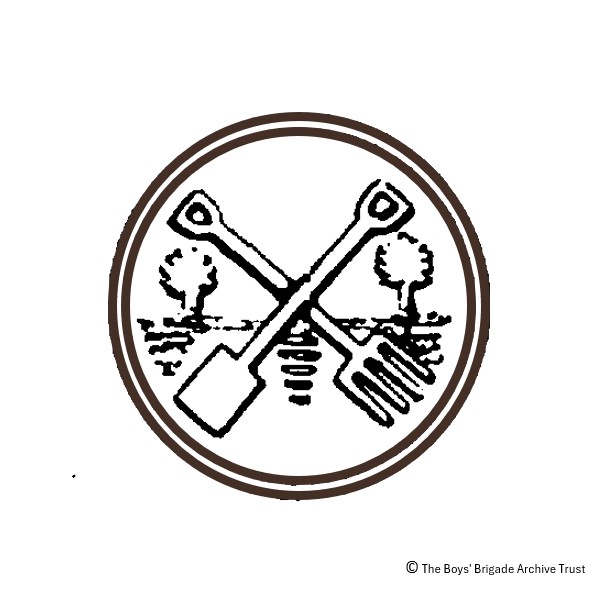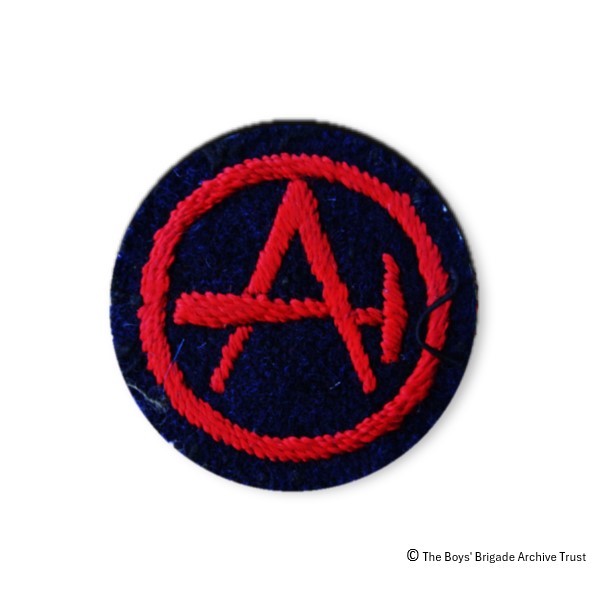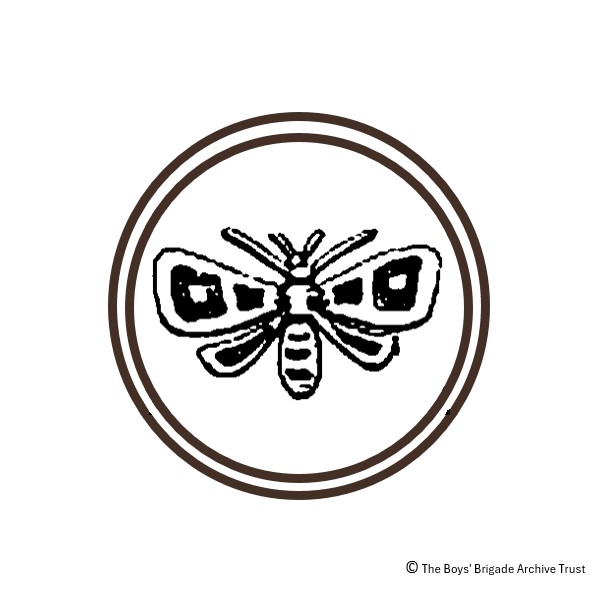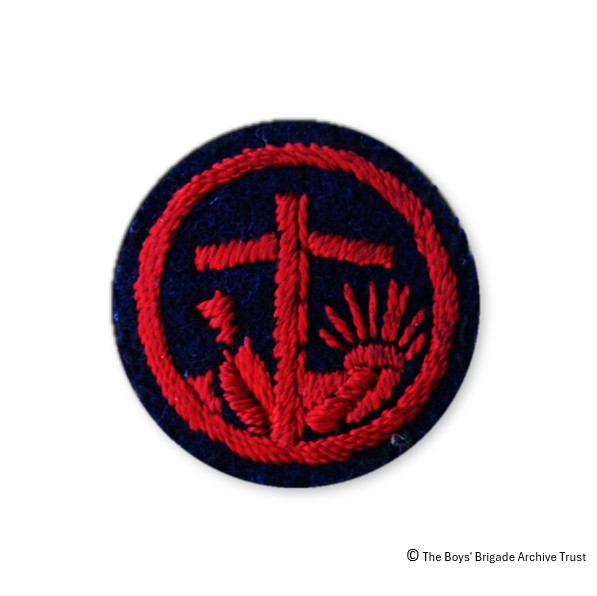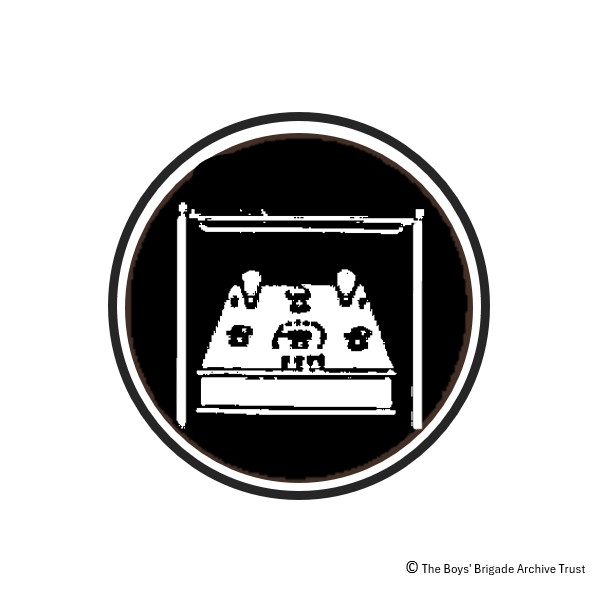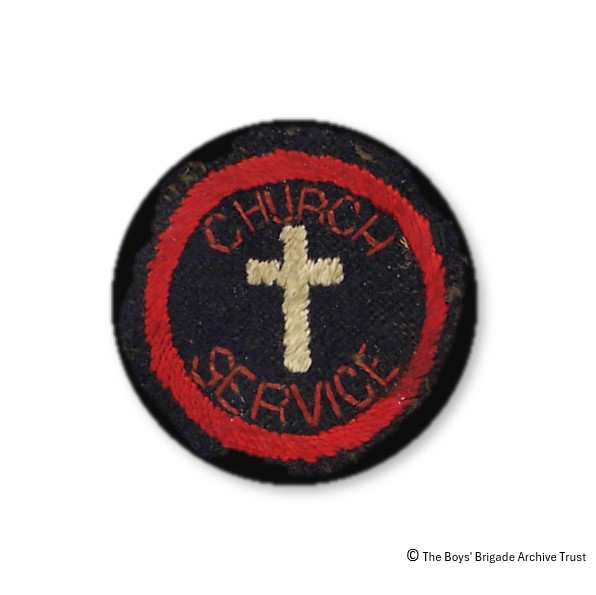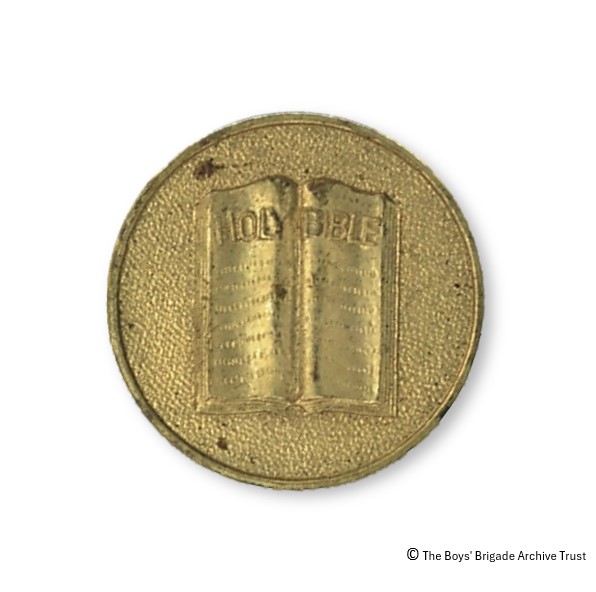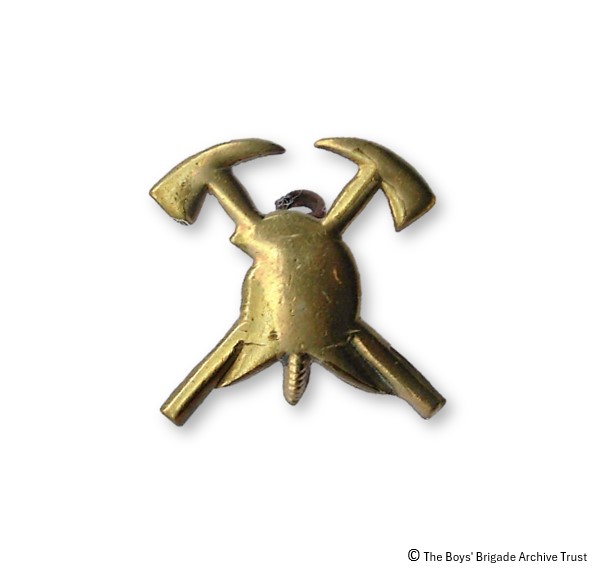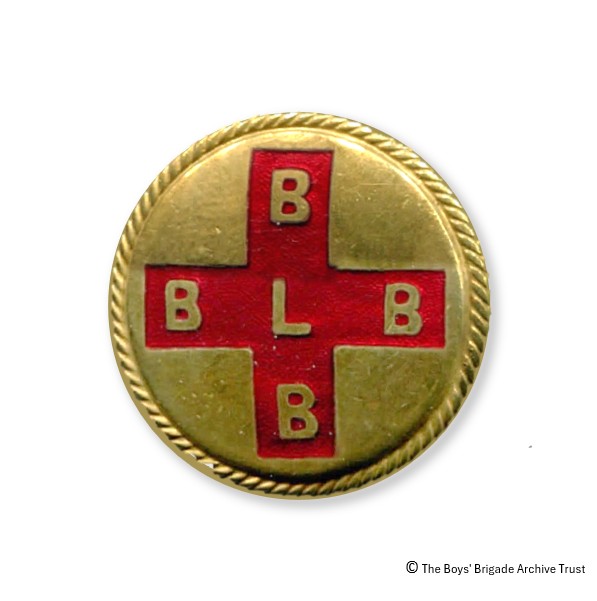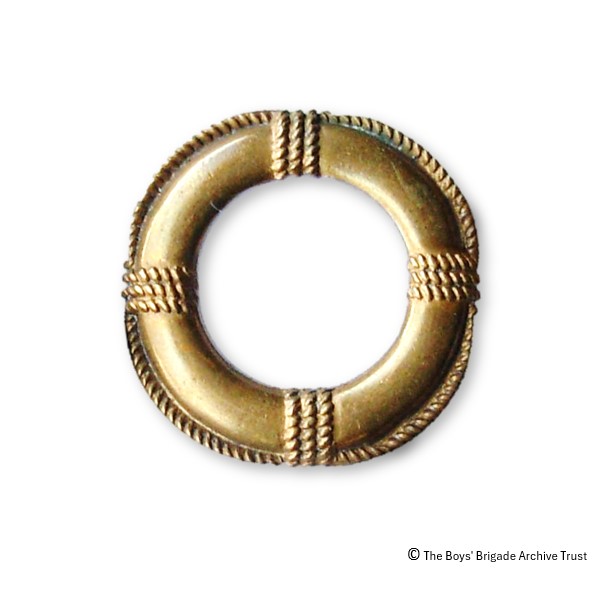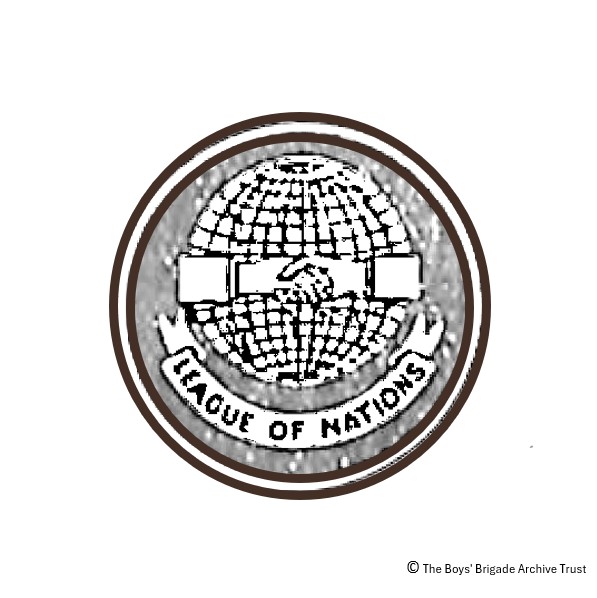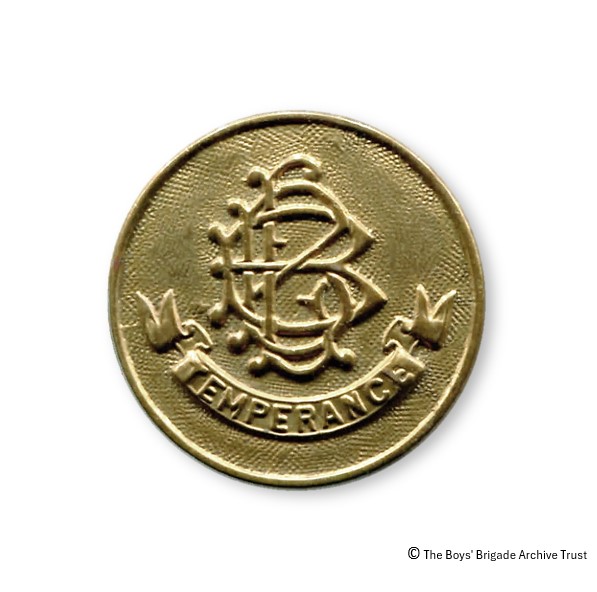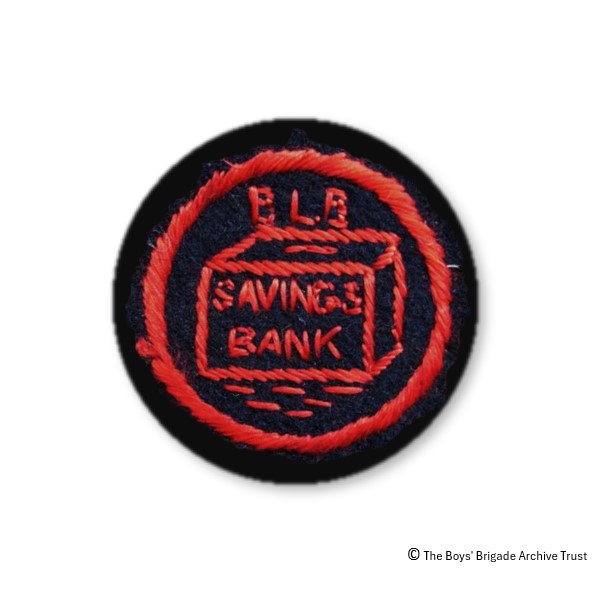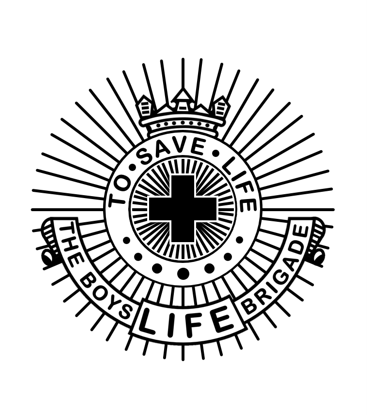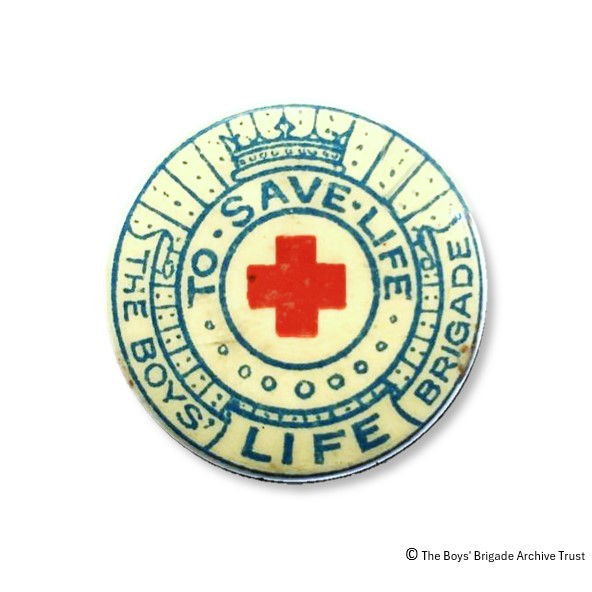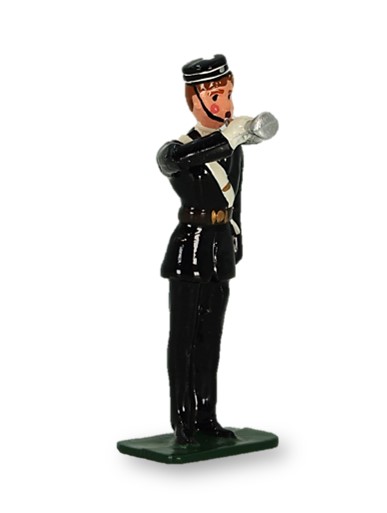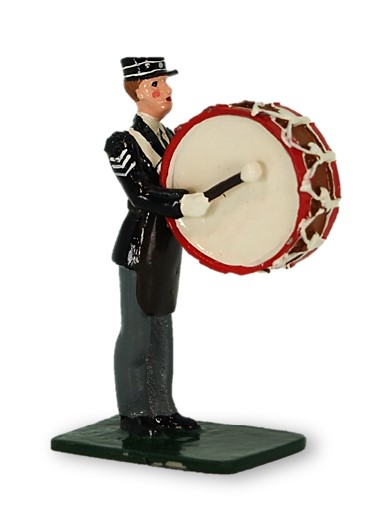Boys’ Life Brigade Proficiency Awards
As with other youth organisations of the time, the Boys’ Life Brigade programme evolved over the course of its 27 years. The initial focus was on life saving, and therefore the first awards badge was for first aid. A round white cloth badge with an embordered red cross. There was no formal requirements of proficiency tests for these early badges, which also included badges for signallers and buglers, which were adopted from the British Army Trade Proficiency badges.
With the formation of Boys’ Life Brigade Scouts, a Scout 1st Class, Scout 2nd Class and Scout badges were introduced, using the ‘Scouting for Boys’, by Robert Baden-Powell, as the program handbook. Many of the subjects included in the Scout award, was also available as part of other awards later, including swimming, cooking, signalling and map reading.
It took until the council meeting of 1909 before formal regulations regarding proficiency tests for non-commissioned offers, and for signallers’, buglers’ and first aid badges were introduced, and shortly after a badges sub-committee was formed to look at the issue of proficiency awards and standards. The Life Brigade Chronicle of September 1912 reported:
- All badges are to be made in brass.
- When a boy earns his first badge he will require a special armlet on which to fix it: this must be worn on the left arm above the elbow. Armlets to be had in three widths, to hold, two, or three badges: the badges to be fixed on the armlet one above the other.
- Badges are to be made annual awards, and may not be retained without re-examination.
- Badges are to be obtained from headquarters only, and cannot be supplied without a certificate to the effect that the regulation proficiency tests have been passed.
- The following is a list of official badges: Band, Bugler, Cyclist, Fire, First Aid, Life Saving, Pioneer, Scout, Signaller (Elementary), Signaller (Advanced), Transport.
Handbooks were published for some of the awards, starting with ‘Signalling‘ and ‘First Aid in Accident’ in 1913, ‘Handbook of Regulations for BLB Scouts’ 1914, and ‘Handbook of Instruction for Fire Drill’ in 1919, but for many of the other awards it was recommended to use books such as ‘Life Saving from Water’ the official handbook of the Royal Life Saving Society, and many of the recommended tittles were stocked by BLB Headquarters.
Certificates were added for First Aid in October 1913, and swimming in 1914, for boys qualified to wear the badge and by 1921, Headquarters were advertising Good Service and N.C.O.’s certificates together with the Swimming and First-Aid certificates.
During the war years, a few additional badges were added to the scheme, including: Arts, Citizen, Handicraft, Local Knowledge, Church Service, Thrift and Cook. These were produced as woven cloth badges, possibly to make it easier for the BLB Scouts to use these on their uniforms. The Girls Life Brigade, by the mid 1910’s was sharing a lot of resources with The Boys’ Life Brigade, and also used the same badges. The round, black and red, cloth badges were later synonymous with the Girls’ Life Brigade until their union with the Girls Guidry in 1965 to form the Girls’ Brigade.
A War Service badge was instituted during the war year for 100 hours of war service, to be worn on the armlet together with the proficiency awards. The War Service badge was still available to purchase from Headquarters as later as September 1921.
Shortly after the end of the war, membership of the Boys’ Life Brigade was divided into three classes, First, Second and Third. The Boys Handbook stated: No boy shall be counted a full member until he has passed the Third Class test.
By 1920, the Boys’ Life was rapidly growing, and the handbook ‘Stripes and Awards and how to win them’ was published in 1919, and was the first BLB publication specifically for the boy readership. The whole awards scheme was revised a few years years, culminating in the publication of ‘The Boys Manual’. This described the new thinking behind the proficiency awards, an idea which was carried over to the Life Boys and Junior Section of The Boys’ Brigade post union. The Boys’ Manual, published in January 1926 states: A common error is that of laying too much stress on one side of development. A boy will sometime give all his attention to the physical, and overlook training his mental and social powers, frequently ignoring the fact that the body and mind can only be at their best when they are under the domination of a higher power. It is a well-know fact that no man can put his mental, physical and social powers to their best use unless his life is linked up with God. The BLB programme, therefore, is four-sided: Educational to develop the mental powers; Physical to develop a strong body, Social to cultivate a sense of duty to the community, and the whole dominated by the Devotional, which links up the life with the Divine power and gives force to the other three sides. The four-sided programme is based on the text found in Luke 2, verse 52: ‘And Jesus increased in wisdom and stature and in favour with God and man.’
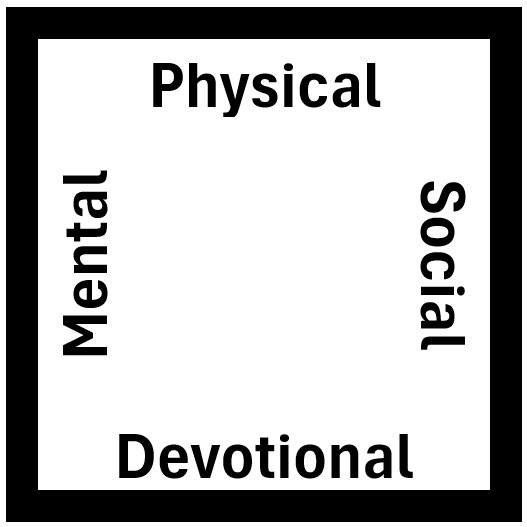
With the addition of Scripture, Swimming, Physical, Oarsman, Sailors, Gardener, Live Stock Keeping, Wireless, League of Nations and Temperance in about 1921, this brought the total number of proficiency badges available to 26. The Boys’ Life Brigade membership card from 1924-25 includes a table with all the proficiency awards and space for the date of the award and the Commanding Officers initials, making provision for the record of the award and the required annual testing. The Proficiency Badges are accordingly classified under their headings below.
Physical
Mental
Devotional
Social
By the publication of The Boys Manual in January 1926, the following badges had been discontinued.
The white background cloth proficiency badges are approximately 50mm (2″) in diameter. The black background cloth proficiency badges are all 38mm (1.5″) in diameter, and the BLB produced metal proficiency badges are 25mm (1″) in diameter. The Transport (wheel wright), Drummer, Bugler, Band (lyre) and Signallers badges all originated from the British Army Trade Proficiency badges in use in the early 1900’s. (approximately 32mm) The brass proficiency badges had a round brass backing disk which fitted behind the armlet and was fixed in place by a split pin.
